Although the ace of spades is mostly known as just “one of the cards in a deck,” there are quite a few unique things about the history of the ace of spades itself. In many decks all around the world, especially in English-speaking countries, the ace of spades has a distinctive, ornate design – far more majestic than what the other aces can boast . Despite the fact that it is placed next to the deuces in a brand new deck – far away from the suit’s royalty – it is often among the most powerful cards, and in a standardized deck it’s the first card you will see upon unpacking it. What’s more, the ace of spades is often associated with death and is even referred to as a “death card,” which has probably led to its use in psychological warfare operations in present-day conflicts. If you’ve ever wondered how a simple playing card could have gained so much notoriety, read on – the following article might include at least some of the answers you are looking for.
Playing Cards: Basic History
Playing cards made their way to Europe sometime during the 14th century, from the Middle East. While scholars argue whether they were invented in India or in China, that doesn’t really matter here as the earliest designs were quite different from what we use for poker and blackjack nowadays. Decks which appeared in Germany and France usually held 52 cards grouped into four suits of thirteen, which is basically the only common denominator between them and the original “mother decks”. Some decks had suits of swords, cups, coins and polo-sticks, while others had hearts, bells, leaves and acorns – but in the end, the familiar French design of spades, hearts, diamonds and clubs, which appeared around 1480, made its way to England and started becoming the standard in the Western world.
Taxes, Queens and the Ace of Spades
Just like their present day counterparts, the rulers of 16th century Europe placed taxes on certain businesses, and manufacturers of playing cards were no different in this respect. Initially, each deck included a seal bearing a government stamp, which was supposed to prove that the item in question was new and the government received its due. In England, taxes on the manufacturing of playing cards were raised multiple times, starting in 1588.
As time went on, designers and craftsmen became more and more aggravated by what they considered unreasonable taxation, especially since they had to compete against their foreign counterparts who did not face such severe restrictions. Their efforts to get attention from the government bore fruit in 1684, when the Court of London banned the importing of foreign playing cards, and during the reign of Queen Anne, a special “duty stamp” was placed on one card in each deck to prove that all taxes had been paid. Can you see where this is going?
The Ornate Death Card
Given the fact that aces, by design, had the largest blank space of all other cards in a deck, they were often chosen for the printing of duty stamps. The most popular contemporary order of cards in a new deck already had the ace of spades at the top, making it the card of choice for that purpose. Back then, the ace of spades was first printed without the stamp, which was only officially added before the deck was allowed to enter the market, which you can imagine was quite a bit of a burden. This ended in 1765, when the Tax Office started printing its own aces of spades, prohibiting manufacturers from selling their own designs. At the time, forging an ace of spades was a capital offense and there are numerous accounts of people being hanged for this sort of “crime” in 18th and early 19th century England, leading to the early associations of the card with death.
Furthermore, the French Revolution of 1789 brought about the triumph of the lower classes over royalty, leading to a symbolic rise-to-power of the ace in many card games, resulting in its outranking of kings and queens. The stringent laws were eventually abolished during the late 19th century and playing card manufacturers were once again allowed to print their own aces of spades, but the somewhat grim history of the card had imprinted itself on the popular imagination so deeply, that most of them opted to stick with the traditional, ornate design – just to be safe.
World War II to Vietnam
About a century later, the ace of spades yet again became the symbol of death, as the paratroopers of the famous 506th Parachute Infantry Regiment of the American 101st Airborne Division marked the sides of their helmets with spades to help with identification issues that were plaguing large-scale airborne operations. The link between the ace of spades and warfare was further reinforced when American troops in Vietnam employed it as a psychological weapon against Viet Cong, leaving the cards on the bodies of killed enemy combatants.
Conclusion
Despite its grim history and largely due to its strength in most card games, the ace of spades has managed to avoid becoming a symbol of misfortune and death. Instead of that, for many card players all over the world it stands for triumph and the joy of participating in an entertaining activity, proving that perhaps the darker side of our nature isn’t what defines us, at least not at the felt. Nevertheless, the card’s enduring ornate design reminds us of less fortunate times, when an ace that was designed to bring joy into people’s lives was used to ruin them.

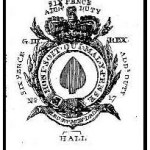
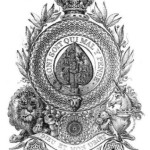
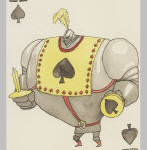

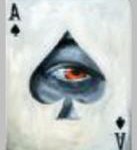
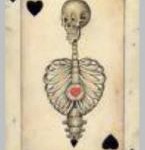
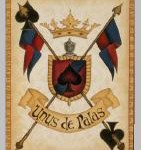
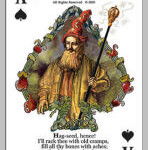


Comments are closed.